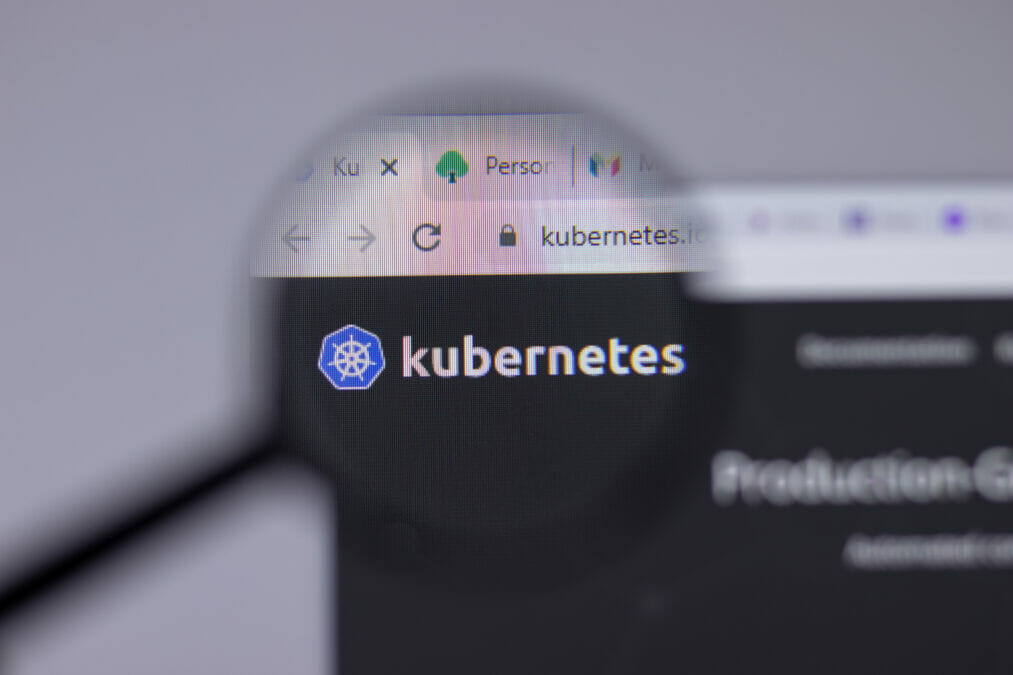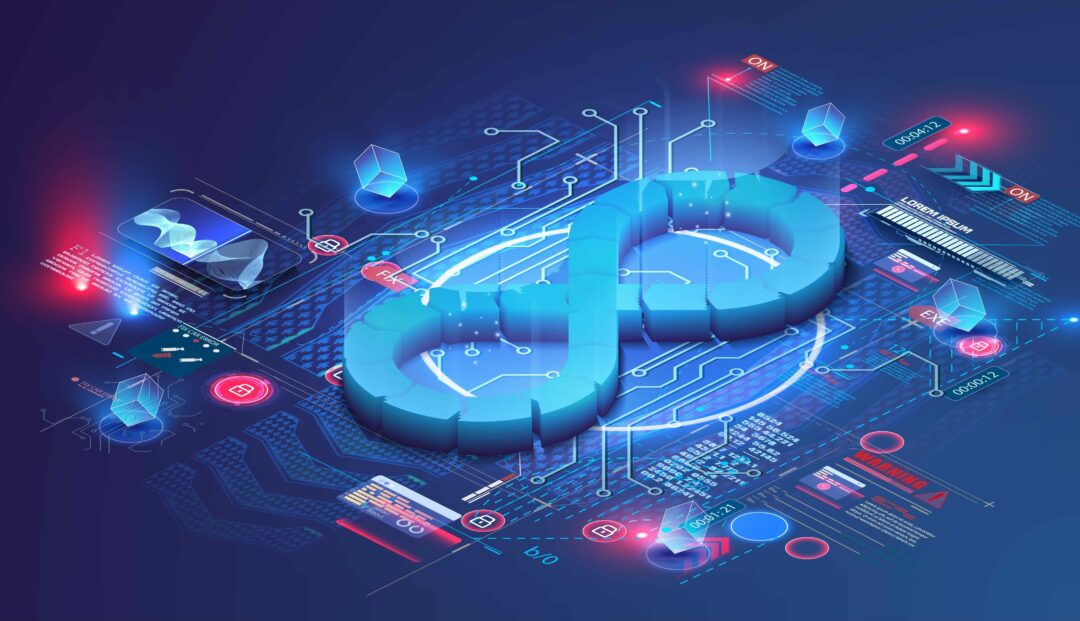It has been in the nature of software development to constantly evolve over time, as new capabilities are discovered and implemented to bolster products and solve problems. These waves of innovation across the space have only accelerated with the emergence and growth of AI, which has helped reduce strain on developers and engineers by augmenting the coding process. However, with so many options available on the market, deployment of artificial intelligence and other software calls for a clear business goal, and strong security measures to protect from threat actors.
Korally Mandimby, founder of recently established subsidiary Ki Reply, has been experiencing these trends first hand, and spoke with Information Age about the current state of play in software development, and what to look out for in the future.
Moving from legacy systems
For all the potential for growth and continued innovation that software development still has, tech staff still face an array of challenges to overcome. According to Ki Reply founder Mandimby, some of the biggest barriers pertain to shifting from legacy infrastructure, and adapting culture and ways of working to be more open to learn and work with new set of AI tools.
“Legacy systems do not tend to allow businesses the joy to be that flexible, and this challenge is only going to be more prevalent in the future,” she explained.
“But sooner or later, they will need to manage this, to avoid falling behind in terms of competition in the market.”
The risk of being slowed down by possibly out-of-date infrastructure is being considered from the top down, with over half (51 per cent) of CIOs citing complexity of legacy IT as one of the top three challenges currently experienced.
Mandimby added: “There is a very high expectation from the end customers to benefit from technological advancements, and for those competitors who are ahead in terms to implementing technological innovations are ahead of the game. This adds even more pressure to the remaining market players to find ways to deliver more value so that they remain competitive.
“Businesses need to evolve their product and services, in order to show tangible values to end-users, as well as deliver these changes faster to the market. That implies more automation.”
Effectively deploying AI
Deploying artificial intelligence across software development projects can go a long way in mitigating productivity bottlenecks. But it’s paramount that any long-term investment decisions regarding the fast-growing technology are well thought out, and completely aligned with current goals.
“There is no other way than dedicating time to learn and experiment as the tech evolve. People need to be mentally ready to continuously learn and challenge the way or they are doing things currently,” said Mandimby.
“Business leaders, first of all, must focus on the USP, where they want to go and how they want to remain different from their competitors. And then, when considering their business ideas, their tech leaders should support business leaders in examining which tech will be relevant for them to deliver those ideas.”
As well as focusing on specific use cases overseen by the firm and its market, it’s important to have security measures in place to protect code from cyber attacks.
When it comes to keeping AI-generated code secure, “it’s about how people are using generative AI, and what mechanism we put in place in order to keep it secure,” said the Ki Reply founder.
“In general, by using generative AI properly, you can get safer code. For example, from our perspective, we have an AI agent that can run security checks on our AI-generated code.
“You can always add these layers of security checks on top of the AI-generated code in order to make it more secure. It isn’t a matter of AI being less secure, but more about how companies are implementing it. Of course, if the code has been shared to the public, and then there is going to be a risk that needs addressing.”
The future of software development
It is clear to see that rapid growth of software development capabilities, underpinned by an AI stack, will continue over the next few years as new use cases continue to emerge to bolster innovation. The global software space is projected to grow in value from $659bn in 2023 to $858bn by 2028.
While administrative, business-as-usual activities are likely to continue being widely automated across the organisation, Mandimby says that software engineers, designers and architects will remain in demand to maintain scalability and the agility of the IT ecosystem.
She added: “In terms of skill set, there will be some changes in regards to what is required for business people. All of these technologies will need to translate easily at the product level, meaning those business-facing staff won’t need much technical background to understand how the software application works.
“This, in turn, will greatly aid design thinking, using the creative side of skill sets to develop better tools, so that they can be more aligned to their strategy and business objectives.”
The advantages of an integrator
All-in-all, entering a partnership with an IT integrator can go a long way in further assisting the long-term innovation of businesses.
“Technology partners like Ki Reply invest a lot of time, in order to understand more about these AI tools,” said Mandimby.
“We work closely with an internal community of practices, where internal employees within Reply coming from different technical backgrounds but shared a common interest around AI, get together to learn, share knowledge and experiment new applications of generative AI.
“With technology evolving at an increasing pace, it’s difficult to know which technology will remain the leaders in the near future. For this reason, whatever we implement on the client side, we always make sure that it’s as flexible and evolutive as possible.”
Ki Reply’s KICODE framework, which is a objective-driven autonomous agent system to accelerate software development lifecycle, follows a modular design that allows the implemented AI solution to evolve with wider technology.
This article was written as part of a content campaign with Reply.
Related:
How insurtech is using artificial intelligence – Insurance technology (insurtech) is rapidly evolving, allowing for digitalisation of insurance sector processes. Here, we explore the role of AI in this trend










